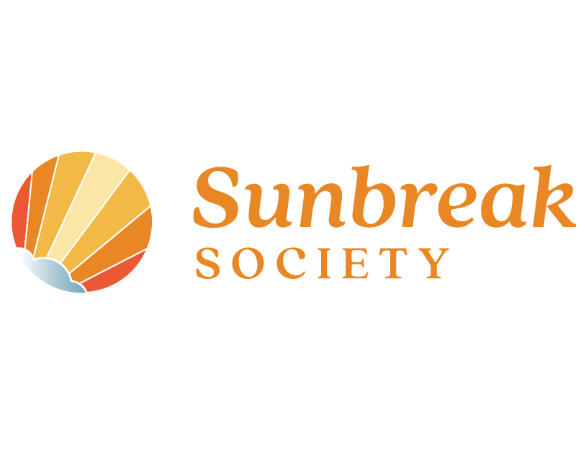Liability Protection and Proof of Care Tool
With the most challenging and complex behaviors, BEHCA helps break down barriers, lending insight into what that behavior is communicating.
With the most challenging and complex behaviors, BEHCA helps break down barriers, lending insight into what that behavior is communicating.






Customizable one-click tracking on app or web
Understand environmental & health related influences
Never miss a moment when time matters
Electronic medication administration tracking
Prove your level of care to licensing teams with data

Maintain current funding through BEHCA analytics by illustrating daily Care, Support, and Intervention Intervals. Prove your quality of care with data facts - not opinions.
Gain imperative oversight with MAR documentation - push notification reminders for staff and system prompts for potential med issues. Administrator alerts when mediations are given outside of assigned times.


We can learn from crisis: BEHCA Incident Reporting guides staff through a complete IR summary process with all the privacy, review and authorization elements needed to be compliant and identify root causes of an undesirable situation.
Sometimes doing anything differently than we did yesterday can feel daunting, even if positive change is in the next step. With more than 25 years in the field, we will listen to your story, learn about your organization and show the ways that BEHCA has proven to be a lifeline for similar providers and their residents.
